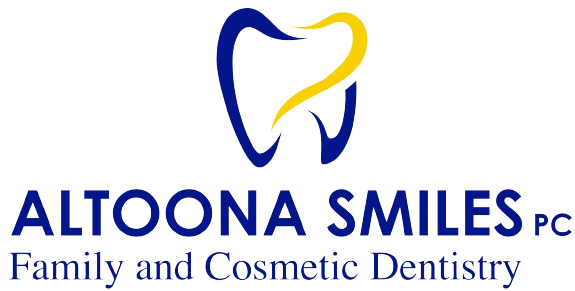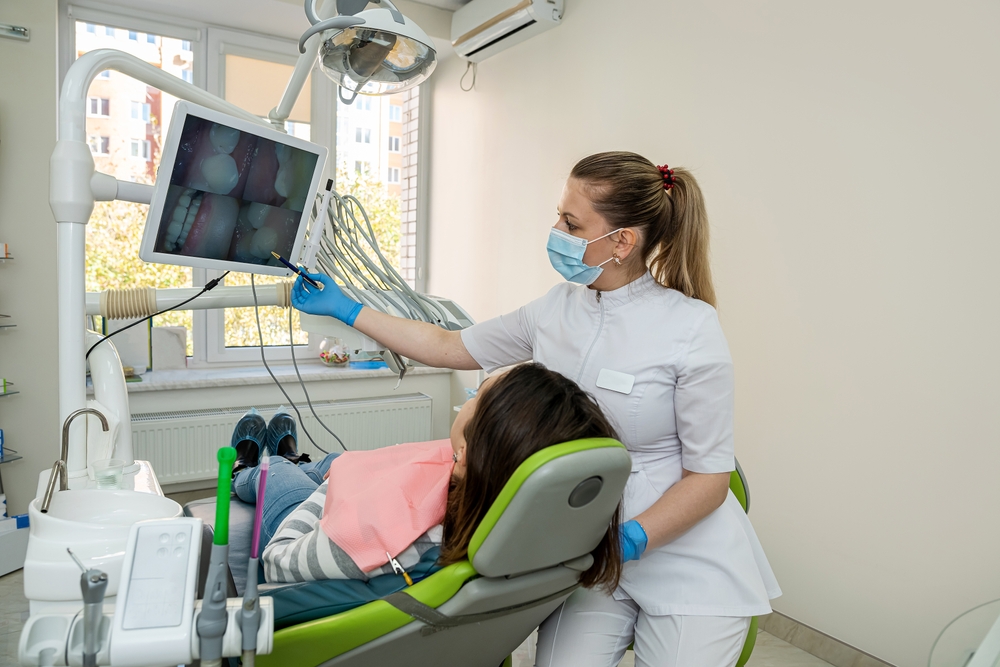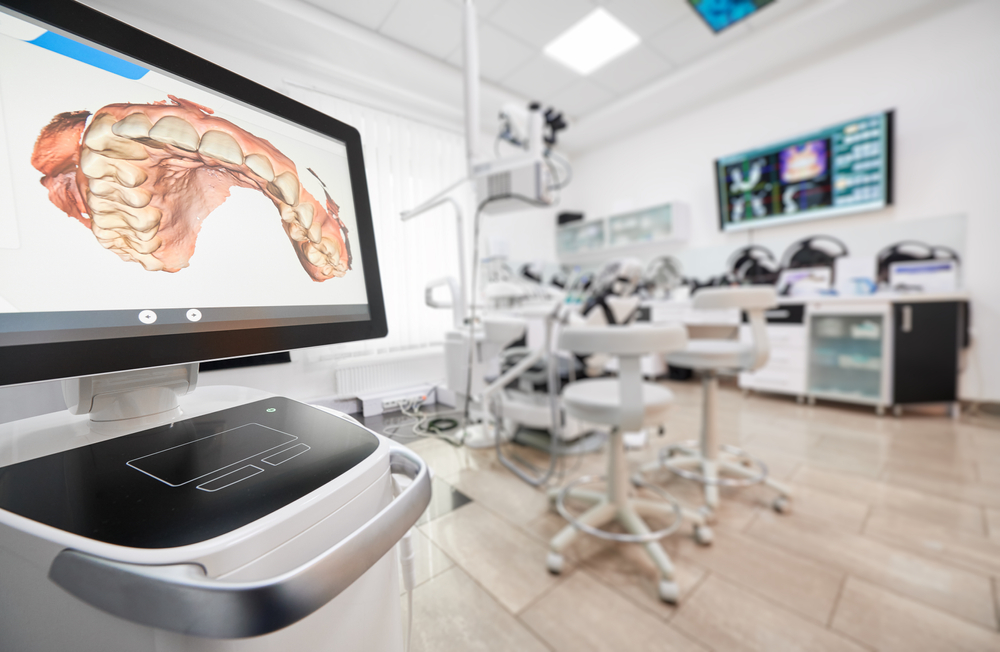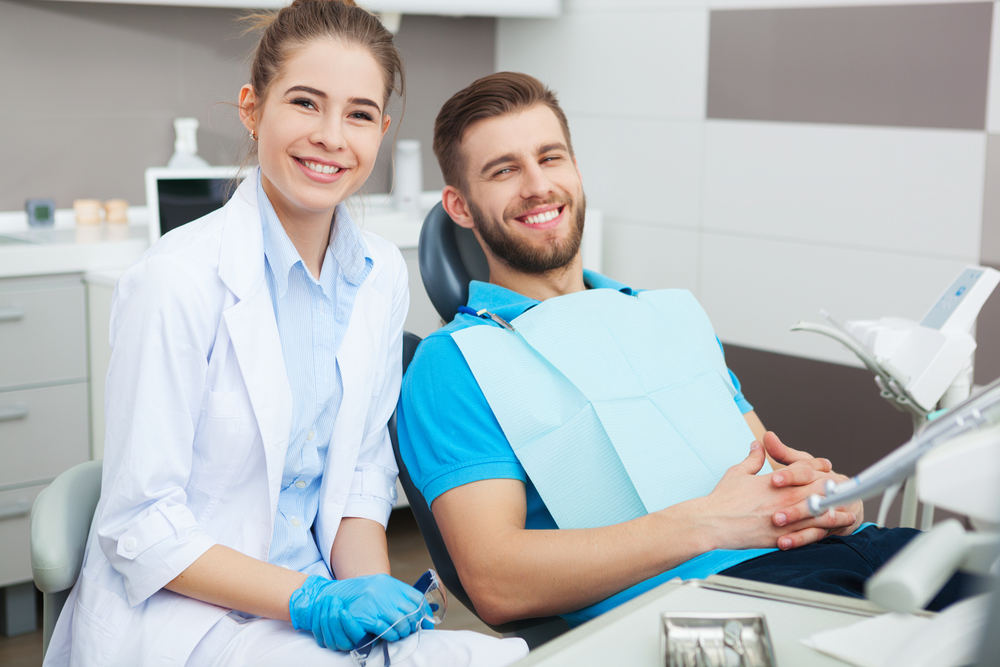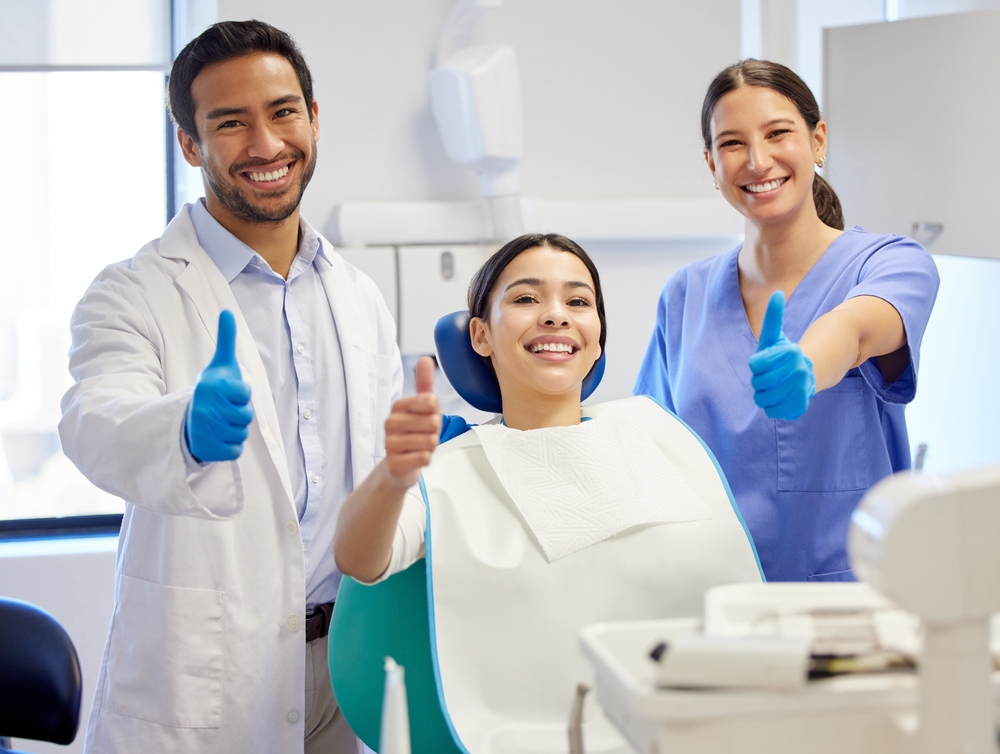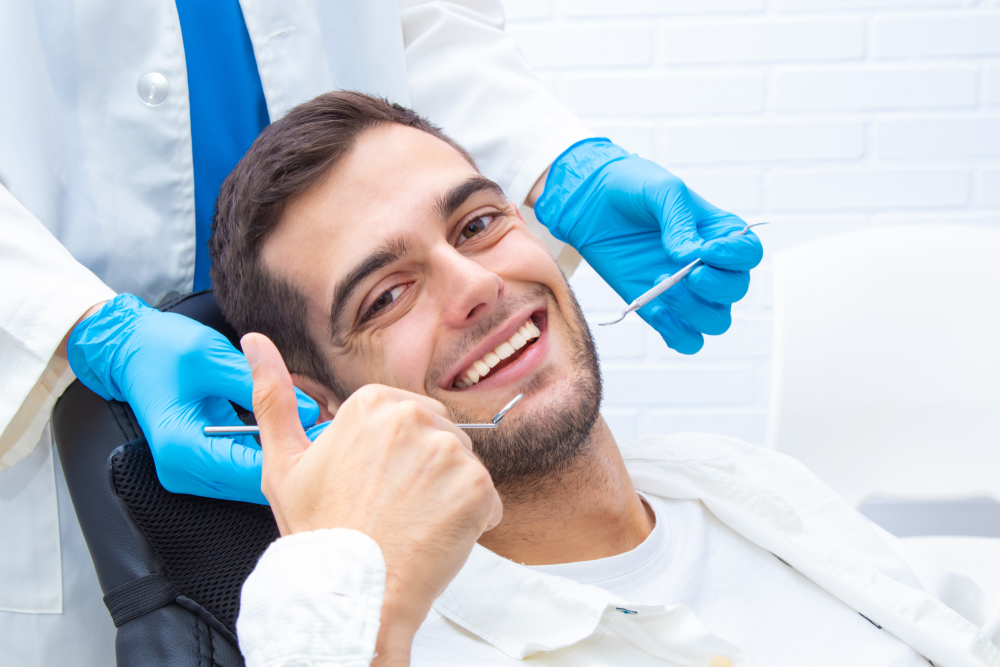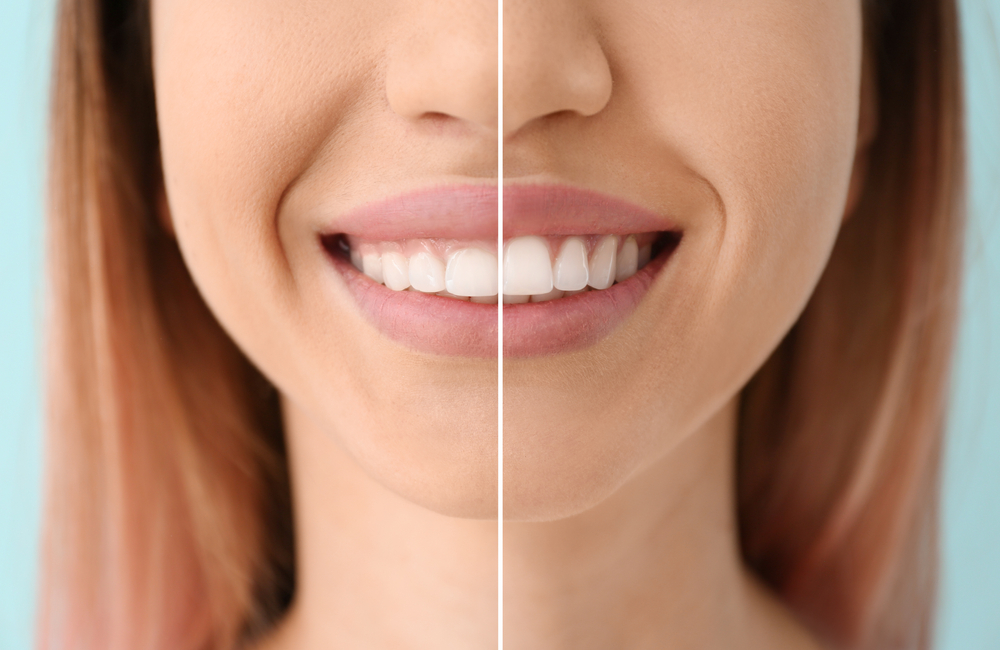In the rapidly advancing world of dental technology, intraoral cameras have emerged as a game-changer, transforming the way dentists diagnose and treat oral health issues. These small, high-resolution cameras provide a detailed view of the inside of the mouth, revealing problems that might go unnoticed during traditional examinations. By offering a clear, real-time image, intraoral cameras not only enhance the accuracy of diagnoses but also empower patients to better understand their dental health. In this blog, we will delve into the benefits and applications of intraoral cameras, showcasing how they contribute to more effective and patient-centered dental care.
In This Blog:
- What is an Intraoral Camera and How Does it Work?
- Benefits of Using an Intraoral Camera for Dental Patients
- How Intraoral Cameras Are Used in Dentistry and What They Are Used For
What is an Intraoral Camera and How Does It Work?
An intraoral camera is a small, pen-like device used by dental professionals to capture detailed images of the inside of a patient’s mouth. These high-resolution cameras are designed to provide clear, magnified views of teeth, gums, and other oral structures, allowing for more accurate diagnoses and effective treatment planning.
How Intraoral Cameras Work
The intraoral camera is equipped with a tiny lens and a built-in light source, typically using LED technology, to illuminate the areas being examined. Here’s how it operates:
- Insertion and Navigation: The dentist or dental hygienist gently inserts the camera into the patient’s mouth. Due to its compact size and ergonomic design, the camera can easily navigate around the mouth, reaching areas that are difficult to see with the naked eye or traditional dental mirrors.
- Image Capture: As the camera moves through the mouth, it captures high-resolution images in real time. These images are displayed on a monitor, allowing both the dentist and the patient to view the condition of the teeth and gums instantly.
- Magnification and Detail: The intraoral camera provides magnified views of the oral structures, revealing intricate details such as small cavities, cracks in teeth, gum inflammation, and other dental issues that might be missed during a conventional examination.
- Recording and Storage: The images captured by the intraoral camera can be saved and stored in the patient’s digital records. This feature allows for easy reference during future visits, enabling the dentist to track changes and monitor the progress of treatments over time.
- Patient Education: One of the most significant advantages of intraoral cameras is their ability to enhance patient education. By showing patients clear images of their oral conditions, dentists can explain diagnosis and treatment options more effectively. Patients gain a better understanding of their dental health, which can lead to increased compliance with recommended treatments and better overall oral care.
Benefits of Using an Intraoral Camera for Patients
Intraoral cameras offer numerous benefits to patients, enhancing their overall dental care experience and contributing to better oral health outcomes. Here are some of the key advantages:
Early Detection of Issues:
Intraoral cameras allow dentists to detect dental problems at their earliest stages, such as small cavities, fractures, and gum disease, which might be missed during traditional examinations. Early detection leads to timely treatment, preventing more severe issues down the line.
Detailed Examination:
These cameras provide high-resolution, magnified images, giving dentists a clear and detailed view of the oral cavity. This level of detail helps in identifying even minor abnormalities that could potentially develop into significant problems if left untreated.
Visual Explanations:
One of the most significant benefits of intraoral cameras is their ability to enhance patient education. By showing patients real-time images of their own teeth and gums, dentists can explain diagnoses and treatment plans more effectively. This visual aid helps patients understand their oral health conditions better.
Increased Engagement:
When patients can see what the dentist sees, they are more likely to engage in discussions about their treatment options and take an active role in their oral care. This leads to better adherence to treatment recommendations and preventive care practices.
Building Trust:
Sharing intraoral images with patients builds trust, as it provides transparency in the diagnosis and treatment process. Patients can see the evidence of dental issues firsthand, which helps them understand the necessity of proposed treatments.
Clearer Explanations:
Dentists can use the images to provide clearer explanations of complex dental issues, making it easier for patients to grasp the severity and implications of their conditions.
Visual Records:
Intraoral cameras create a visual record of the patient’s oral health over time. These records are invaluable for tracking changes, planning treatments, and monitoring progress. They provide a clear history that can be referenced during future visits.
Consistent Monitoring:
Regular use of intraoral cameras allows for consistent monitoring of oral health. Dentists can compare images from different visits to identify any changes or developments, ensuring that any issues are addressed promptly.
Non-Invasive Examination:
Intraoral cameras provide a non-invasive way to examine the mouth, reducing the need for uncomfortable probing and manual inspections. Patients generally find this method more comfortable and less intimidating.
Reduced Anxiety:
Seeing clear images of their own mouth can help reduce anxiety for some patients, as they can better understand what is happening and why certain treatments are necessary.
Preventive Care:
By facilitating early detection and treatment of dental issues, intraoral cameras can help prevent more severe and costly problems in the future. This proactive approach can save patients money in the long run.
In summary, intraoral cameras significantly enhance the patient experience by improving diagnostic accuracy, fostering better communication and education, providing comprehensive documentation, and enhancing overall comfort and cost efficiency. These benefits lead to better patient outcomes and a more positive dental care experience.
How Intraoral Cameras Are Used in Dentistry and What They Are Used For
Diagnostic Accuracy and Early Detection
Intraoral cameras are essential tools in enhancing diagnostic accuracy and early detection of dental issues. Dentists use these small, high-resolution cameras to capture detailed images of the mouth, including hard-to-see areas. This capability allows for the early identification of cavities, microfractures, and other abnormalities that may not be visible with the naked eye or through traditional examination methods. By detecting issues early, dentists can intervene promptly, preventing minor problems from developing into more significant issues.
Patient Education and Communication
Intraoral cameras play a crucial role in patient education and communication. By displaying real-time images on a monitor, dentists can visually explain diagnoses and treatment plans to patients. This visual aid helps patients understand their oral health conditions better and the necessity for recommended treatments. The transparency provided by these images builds trust between the patient and the dentist and encourages patient engagement and compliance with treatment plans.
Treatment Planning and Documentation
Detailed images captured by intraoral cameras are invaluable for treatment planning and documentation. Dentists can use these images to develop precise treatment plans, particularly in cosmetic and restorative dentistry. For instance, in cosmetic procedures like veneers, crowns, or teeth whitening, the images help in planning and visualizing the desired outcomes. Additionally, the images are stored in the patient’s digital records, providing a visual history that can be referenced during future visits to track progress and monitor the effectiveness of treatments.
Monitoring Progress and Preventive Care
Regular use of intraoral cameras allows for consistent monitoring of a patient’s oral health over time. Dentists can compare images from different visits to identify any changes or developments, ensuring any new issues are addressed promptly. This proactive approach aids in preventive care, as it helps maintain a comprehensive visual record of the patient’s oral health, facilitating timely interventions and promoting long-term oral health.
Enhancing Cosmetic Dentistry
In cosmetic dentistry, intraoral cameras are particularly valuable. They assist in planning and executing procedures such as veneers, crowns, bonding, and teeth whitening by providing clear images that help in visualizing the final results. Patients can see potential outcomes before undergoing the procedures, leading to higher satisfaction and confidence in the treatment.
Detecting Gum Disease
Intraoral cameras are also used to assess gum health and detect early signs of periodontal disease. Dentists can use the detailed images to identify inflammation, gum recession, and periodontal pockets. Early detection of gum disease allows for timely and targeted treatment, preventing the progression of the disease and reducing the risk of tooth loss.
Orthodontics and Endodontics
In orthodontics, intraoral cameras help in monitoring teeth alignment and tracking the progress of treatments with braces or clear aligners. They provide detailed images that aid in the precise adjustment of orthodontic appliances. In endodontics, intraoral cameras assist in diagnosing and planning root canal treatments by revealing detailed views of the tooth structure and the extent of the infection or damage, ensuring thorough cleaning and sealing of the root canal system.
In summary, intraoral cameras are versatile tools used in various aspects of dentistry. They enhance diagnostic accuracy, improve patient education and communication, aid in treatment planning and documentation, facilitate monitoring progress and preventive care, and support specialized fields such as cosmetic dentistry, orthodontics, and endodontics. These benefits contribute to more effective and patient-centered dental care.
Conclusion
In conclusion, intraoral cameras have proven to be a game-changer in modern dentistry, significantly enhancing the way dental professionals diagnose and treat oral health issues. By providing detailed, real-time images, these high-resolution cameras enable early detection and accurate diagnosis, which are critical for effective treatment planning and prevention. Moreover, intraoral cameras empower patients by making their dental conditions visible and understandable, fostering greater engagement and trust. As this technology continues to evolve, it promises to further revolutionize dental care, ensuring that patients receive the highest standard of treatment with a clear and informed understanding of their oral health.
